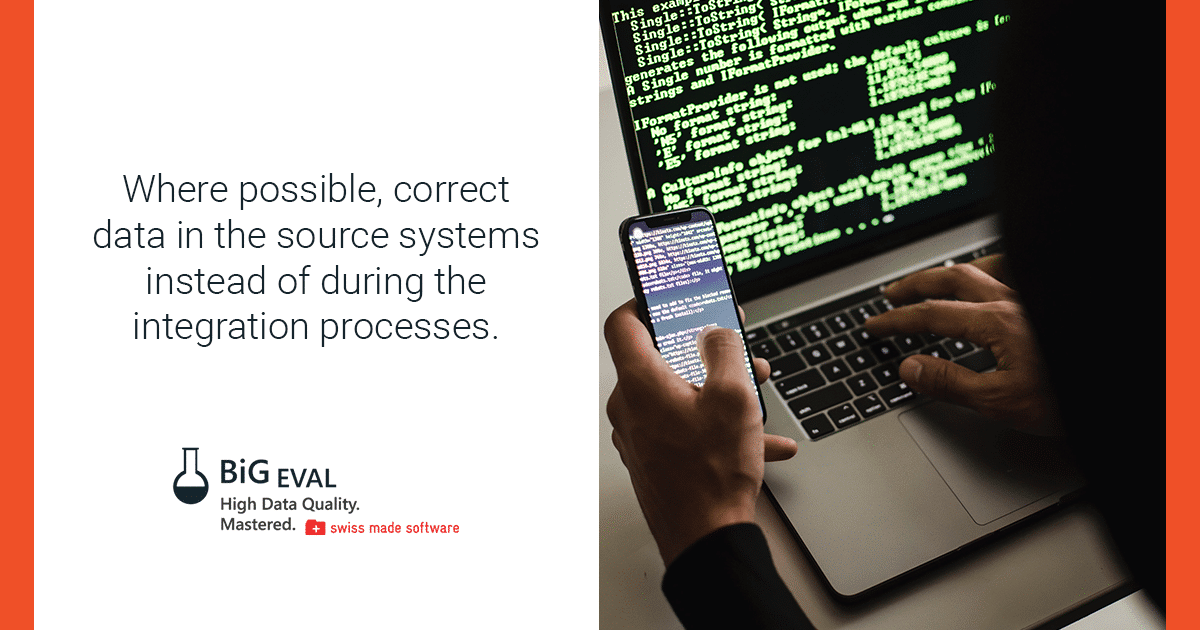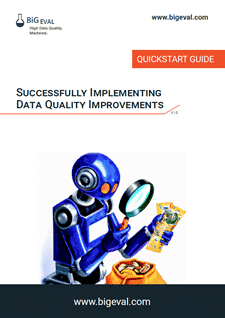Good Housekeeping: Using Data Validation Tools for Data Cleanup
Whether you are working with individual files and databases or huge data warehouses that handle information from multiple sources, cleaning up your data supported by automated data validation tools is paramount.
What Is Data Cleansing?
Data cleansing, also known as data cleaning, data cleanup, or data scrubbing, is somewhat of a catchall term. It can refer to any of a wide range of activities that involve detecting and removing errors and inconsistencies from data to improve its quality and bring it into a desired format..
Oftentimes, this process involves the application of complex business logic, data mappings, or similar steps to correct errors in the source systems.
Why Is Data Cleansing Important?
Even relatively tiny data collections such as single files and databases can be rife with quality issues due to misspellings, incomplete or missing information, and redundant or invalid data.
These problems are compounded when working with data warehouses, which load and continuously refresh huge volumes of information from multiple sources. Due to the sheer amount of data and wide range of possible errors, cleansing can be particularly challenging in data warehousing. At the same time, data accuracy is paramount, as warehouses play a key part in decision-making. There are several studies about how huge these problems are: a study by researchers Tadhg Nagle, David Sammon, and Thomas C. Redman
To ensure that all data is accurate and consistent, it is essential to consolidate all sources and eliminate duplicate information.
Concerns About Data Cleansing
At BiG EVAL, we believe that incorporating cleansing mechanisms into data integration processes is not the most effective way to ensure data quality and accuracy. Where possible, it is generally best to correct data in the source systems instead. However, we know that this can be challenging. That's why BiG EVAL automatically monitors data quality rules, detects issues and anomalies and assists the process of solving any issues.
6 Steps to Cleanse Your Data
Follow these best practices for optimal data quality assurance:
1. Develop a Strategy
To start, you want to make sure that you understand the data, where it is coming from, and how you want to use it.
Once you have that covered, clean a small segment of the data. That should give you an idea of where you stand and what you need to create a standard process for the rest of the data.
2. Create Uniform Procedures for Data Entry
To minimize inconsistencies when introducing data into the pipeline, you need a standard route for that information to move into your database.
3. Use Data Validation Tools to Check Accuracy and Eliminate Duplication
Next, you want to do data validation testing. Analyze the data closely to identify and remove items that may be old, outdated, irrelevant, or erroneous. Do not forget to look for and remove duplicate sources and records as well.

4. Add Missing Data
Data cleansing often means adding data. Is there anything you do not know about your database subjects but should? For instance, you may need to know where your customers are based to ensure that you comply with local regulations.
5. Ensure Data Gets Entered Correctly
Instruct operational colleagues about being aware of data quality when entering information in ERP's, CRM's and other sources of your data warehouse. Ensure that all data validation features of these systems are working correctly or build new rules. It configuring a specific rule is not possible, use a data validation tool like BiG EVAL to monitor data right where its get entered and let people know about their errors by sending them data quality reports.
6. Automate Data Cleansing Processes
If you regularly handle large amounts of data, you want to ensure that your cleansing processes can keep up. The best way to do this is by using automated data testing tools and test cases, especially if you rely on manually maintained mapping tables or similar.
The reason for this is simple: Wherever there is manual work, there is a potential for human input errors. Of course, you may need to modify your processes for particular projects or as your business scales, but automation should always be at the core of your cleansing strategy.
FREE eBook

Successfully Implementing
Data Quality Improvements
This free eBook unveils one of the most important secrets of successful data quality improvement projects.

